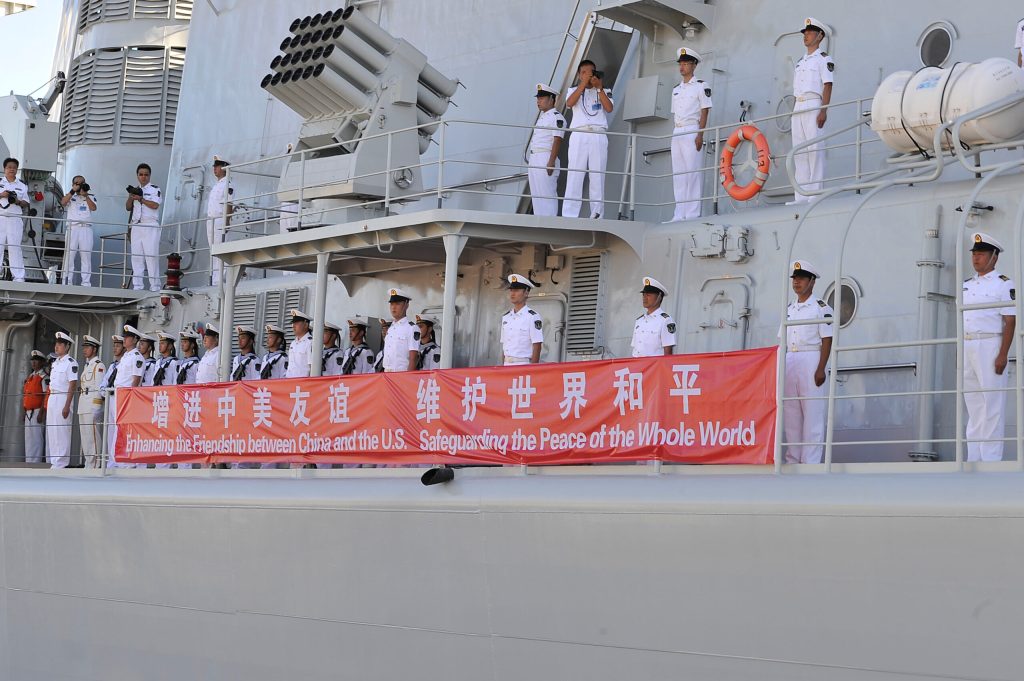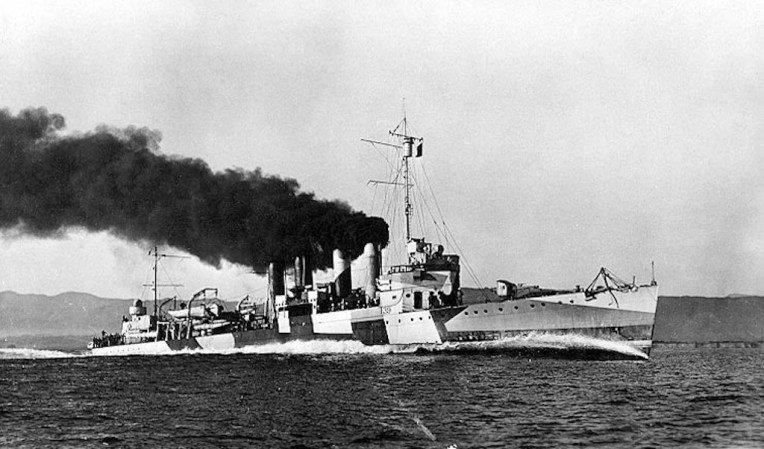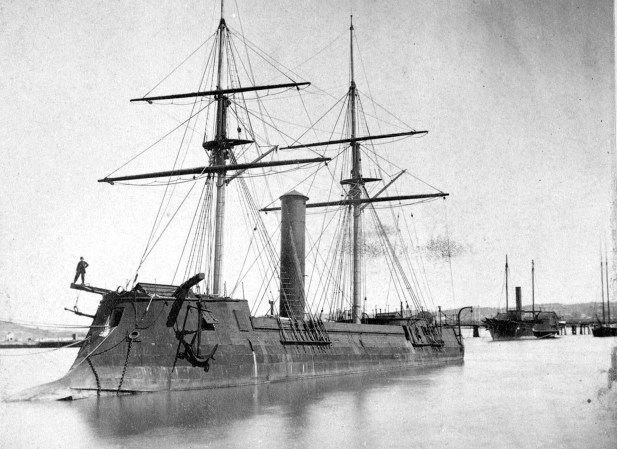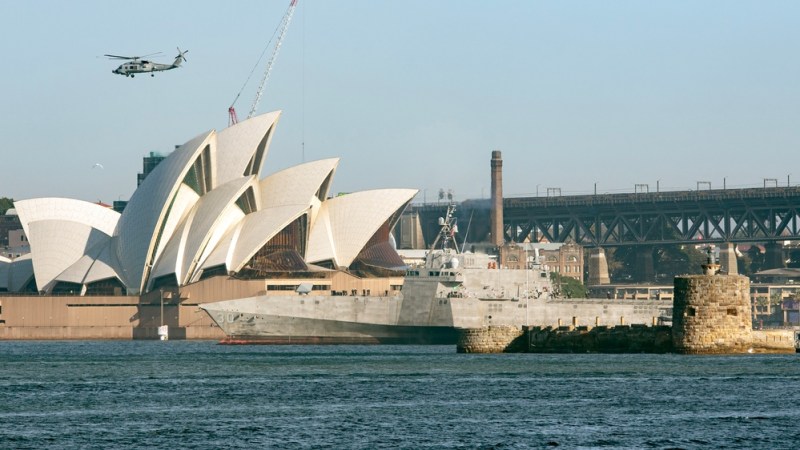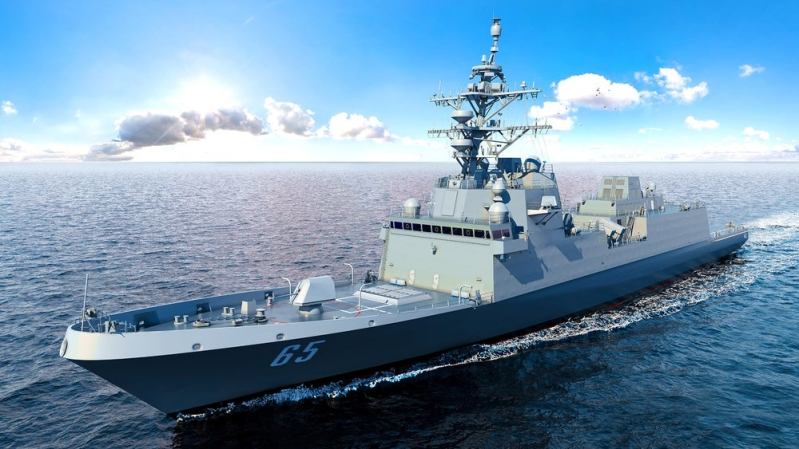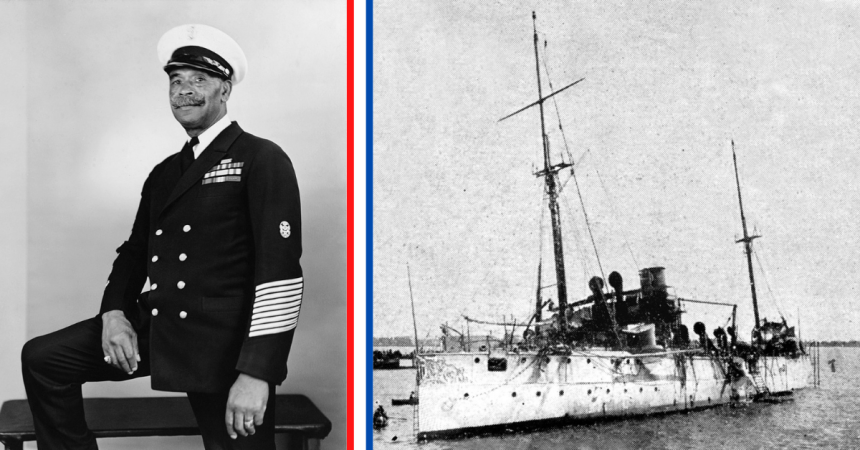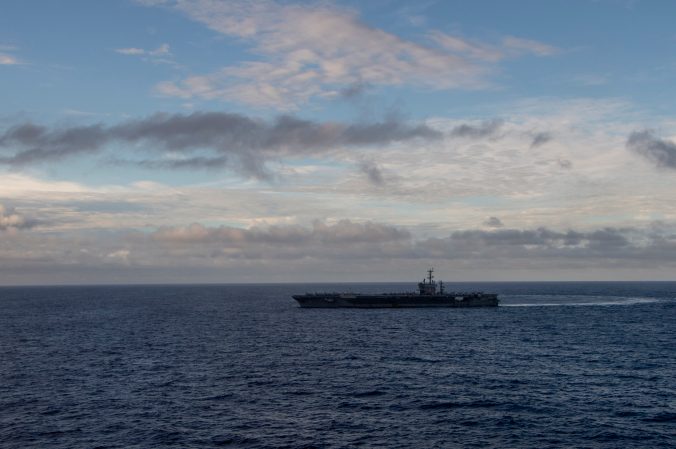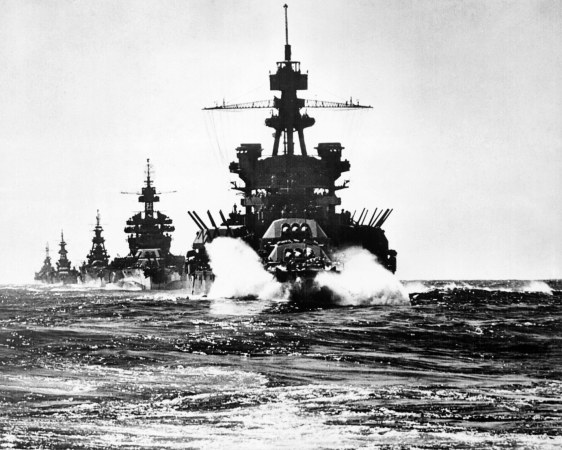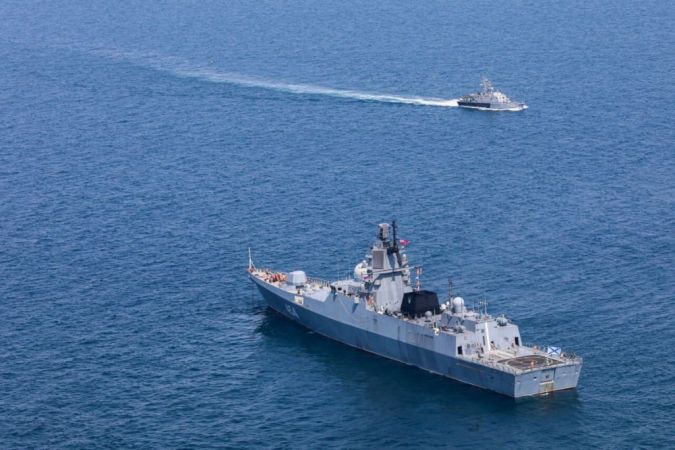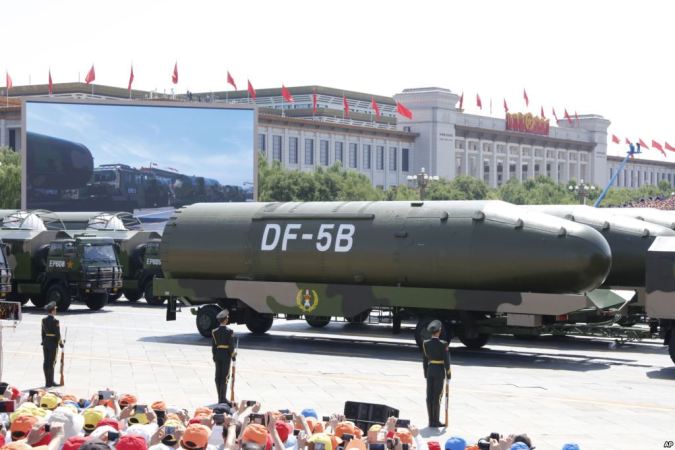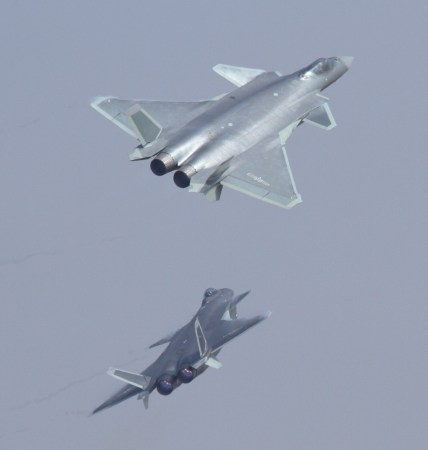Sailing into the 21st century, China’s naval presence has emerged like a leviathan from the depths, amassing significant momentum and undergoing remarkable transformations. The People’s Liberation Army Navy (PLAN), presently the world’s largest naval force, doesn’t merely float. These days, the Chinese Navy conquers the seas with an indomitable spirit and increasingly modern capabilities. China’s naval expansion is an intricate tapestry woven with threads of diverse influences. The key factors can be compared to the three legendary Chinese gods: Fu (Prosperity), Lu (Status), and Shou (Longevity).
Prosperity through economic growth
In a country where the serpentine coil of the dragon symbolizes auspicious power and prosperity, China’s economic rise isn’t just a story of mere digits and figures. It is a saga of relentless aspiration, driving the modern dragon’s fiery ascent on the global stage. As the world’s second-largest economy, China’s fiscal artillery is colossal. This gargantuan treasure trove has paved the way for a robust naval modernization strategy. In turn, the flames of economic prosperity have breathed life into PLAN, transforming it into a formidable marine force ready to mark its territory in the deep blues.
Status through security claims
China’s quest for the ‘Lu’, the legendary status, is visible in its assertive marine policy. The disputed maritime territories in the South China Sea and East China Sea aren’t just about geography. Some could also argue they represent precious pearls of prestige. These contested waters are laced with rich natural resources and national pride. These days, they’ve turned into fierce battlefields of territorial claims. China’s aim? Assert its marine dominance and fortify its maritime ramparts to protect these precious pearls. Furthermore, China’s Lu quest isn’t just regional; it’s global. The persistent presence of U.S. naval forces in the Asia-Pacific region acts as a constant reminder, too. With American vessels, there is a constant foreign mirror reflecting China’s need to tip the scales of power and attain parity, if not supremacy.

Longevity through global influence
Finally, the ‘Shou’ symbol, a sign of longevity and perseverance, reflects China’s long-term vision of global influence. This longevity is about etching a timeless influence across the maritime silk route. The ambitious Belt and Road Initiative (BRI) is China’s blueprint to extend its reach, both in terms of geography and influence. It seems there’s an apparent goal here, too. Secure its sea lines of communication, access critical maritime chokepoints, and ensure its voice echoes through the world’s busiest maritime corridors. This strategy, intertwined with China’s naval prowess, symbolizes its aspirations for a durable maritime presence. Some might even say it’s an enduring echo of Chinese influence across the seven seas.
Evaluating China’s naval capabilities
No one is entirely clear on the number of vessels in China’s fleet. However, reliable estimates point that number northward of 350 ships and counting. This naval armada, showcasing an impressive array of modern vessels, from aircraft carriers to submarines, empowers the Chinese Navy to flex its muscles across a broad range of maritime operations.
However, there are some perceived weaknesses. Despite substantial strides in naval advancement, China’s nascent experience in carrier operations and global power projection raises questions about its ability to compete with seasoned maritime powers like the United States. Nevertheless, with China’s relentless pursuit of modern naval technologies and platforms, one can expect this naval power to grow only more formidable.
Regional security implications
As China’s naval might grows, the echoing roar of the dragon reverberates across the region’s security landscape. China’s expanding marine footprint, specifically in the contentious maritime territories of the South and East China Seas, is stirring up a tempest that might not be easily controlled. The dragon’s territorial dance has rattled the cage of regional geopolitics. These days, neighboring nations are finding themselves uncomfortably close to the dragon’s fiery breath. In turn, this has led to escalating tensions. Further, the shadow of potential military clashes loom large, turning these contested waters into potential flashpoints of conflict.
But the implications of the dragon’s roar aren’t limited to these disputed waters. The burgeoning capabilities of the PLAN could unleash a regional ripple effect. Every move the dragon makes, every wave it causes, sends a signal to its neighbors, inciting a game of maritime brinkmanship. The result? A potential regional arms race where nations scramble to fortify their naval arsenals, ratcheting up tensions and escalating the risk of conflict.
Broadening the horizon
While the dragon’s territorial dance captivates the Asia-Pacific region, let’s not forget that this dance is being performed on the global stage. As the might of the Chinese Navy grows, so too does its presence in international waters. So what does this mean for the global maritime order? What if China, bolstered by its naval prowess, begins to press for changes in the conventions of international maritime law?
The current maritime order, founded on principles of freedom of navigation and respect for exclusive economic zones, might face a stormy sea change. This could spark contentious debates and potentially destabilize the global maritime order. China could exert a more assertive role in international maritime affairs on the world stage, potentially challenging existing norms and conventions. Competition with the U.S. and other significant maritime powers over critical sea lanes and valuable resources could intensify.
China’s naval growth could also provoke it to lobby for changes in international maritime law, creating contentious issues around freedom of navigation and exclusive economic zones, and potentially destabilizing the maritime order.

Charting the course ahead
Given these unfolding scenarios, the international community might want to explore charting a course that manages China’s escalating naval prowess. Initiatives fostering dialogue and cooperation among key maritime powers are essential to navigate potential security challenges and ensure a stable maritime environment. Joint naval exercises, information-sharing agreements, and strengthened regional security mechanisms like the Association of Southeast Asian Nations (ASEAN) could provide effective platforms for these efforts.
As China continues to invest in its naval might and expand its maritime influence, fostering dialogue, cooperation, and trust among the maritime powers will be crucial. As the dragon continues to spread its wings, the world needs to sail with it, ensuring a stable and secure maritime environment amidst the burgeoning Chinese Navy presence.


